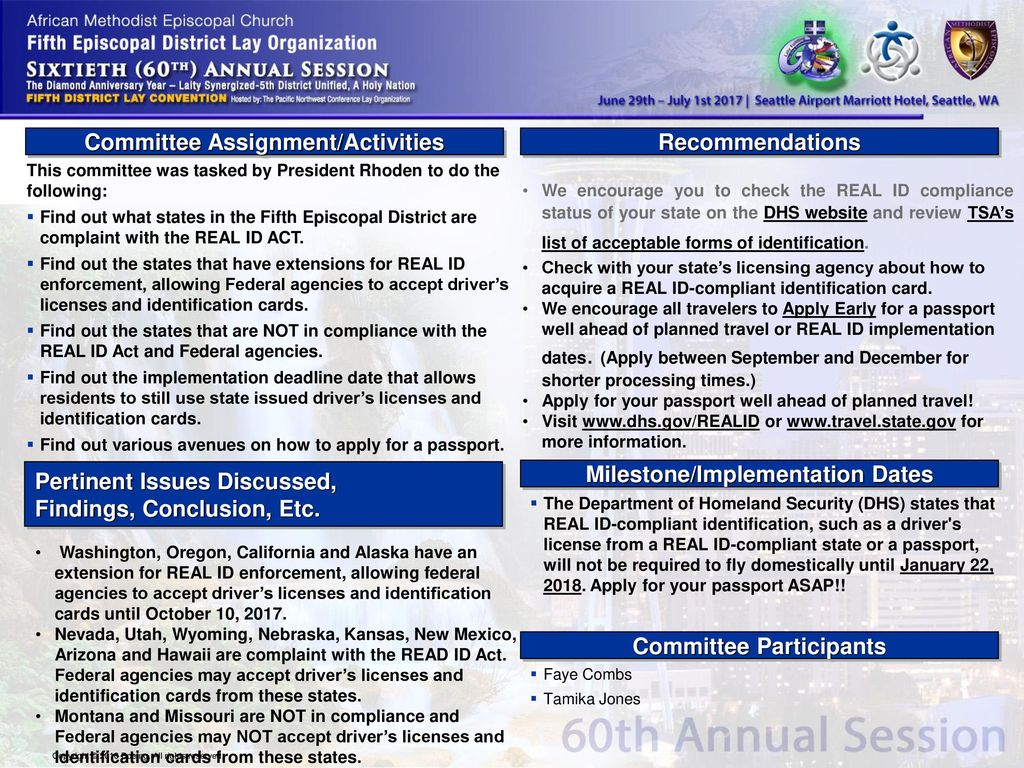
Acceptable Identification at the TSA Checkpoint: A Complex Issue with No Easy Answers
The Transportation Security Administration (TSA) requires all passengers to present an acceptable form of identification (ID) at the security checkpoint. This requirement is in place to help prevent terrorism and other threats to transportation security. However, there are a number of complexities associated with acceptable ID at the TSA checkpoint.
What is an Acceptable Form of Identification?
The TSA accepts a variety of forms of ID, including:
- Driver’s license or ID card issued by a state or territory of the United States
- US passport
- US military ID
- Foreign passport
li>Permanent resident card
Children under the age of 18 may present a school ID or birth certificate.
The Challenges of Enforcing the Acceptable ID Requirement
The TSA faces a number of challenges in enforcing the acceptable ID requirement. One challenge is that there are a number of people who do not have an acceptable form of ID. This includes people who are homeless, people who have lost their ID, and people who are undocumented immigrants.
Another challenge is that there are a number of people who use fake or fraudulent IDs. This can make it difficult for the TSA to determine whether or not a person is who they say they are.
The Impact of the Acceptable ID Requirement
The acceptable ID requirement has a number of impacts on passengers. One impact is that it can cause delays at the security checkpoint. This is especially true during peak travel times.
Another impact is that the acceptable ID requirement can be a barrier to travel for people who do not have an acceptable form of ID. This can include people who are homeless, people who have lost their ID, and people who are undocumented immigrants.
The Debate Over the Acceptable ID Requirement
There is a debate over the acceptable ID requirement. Some people argue that the requirement is necessary to protect transportation security. Others argue that the requirement is discriminatory and that it has a negative impact on people who do not have an acceptable form of ID.
The Future of the Acceptable ID Requirement
The future of the acceptable ID requirement is uncertain. The TSA is currently reviewing the requirement and considering changes. It is possible that the TSA will make changes to the requirement in the future.
Conclusion
The acceptable ID requirement at the TSA checkpoint is a complex issue with no easy answers. There are a number of challenges associated with enforcing the requirement, and there are a number of impacts on passengers. There is also a debate over the requirement, and the future of the requirement is uncertain.
It is important to weigh the security benefits of the acceptable ID requirement against the potential negative impacts. The TSA should continue to review the requirement and consider changes that would improve security without creating unnecessary burdens for passengers.
